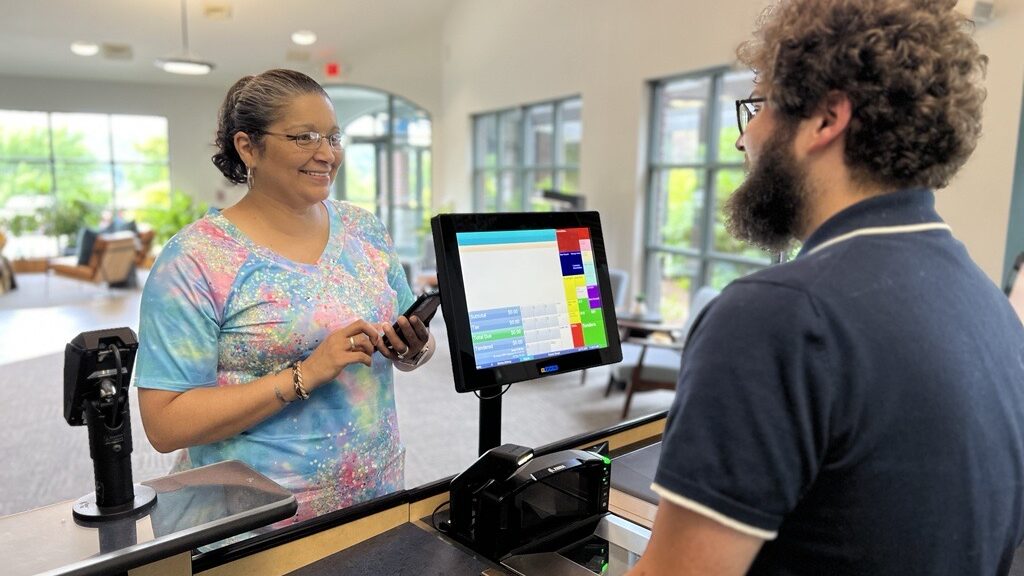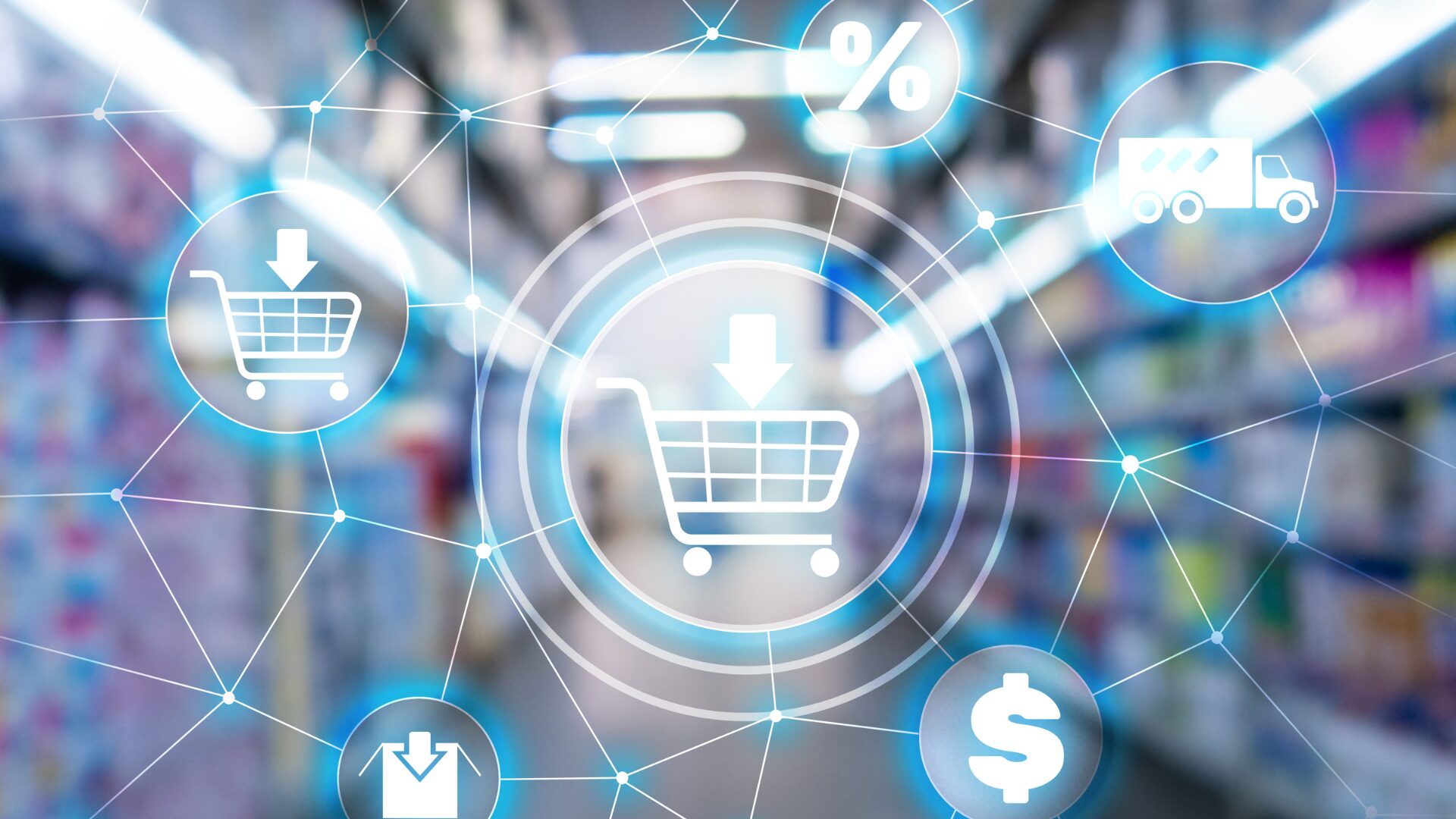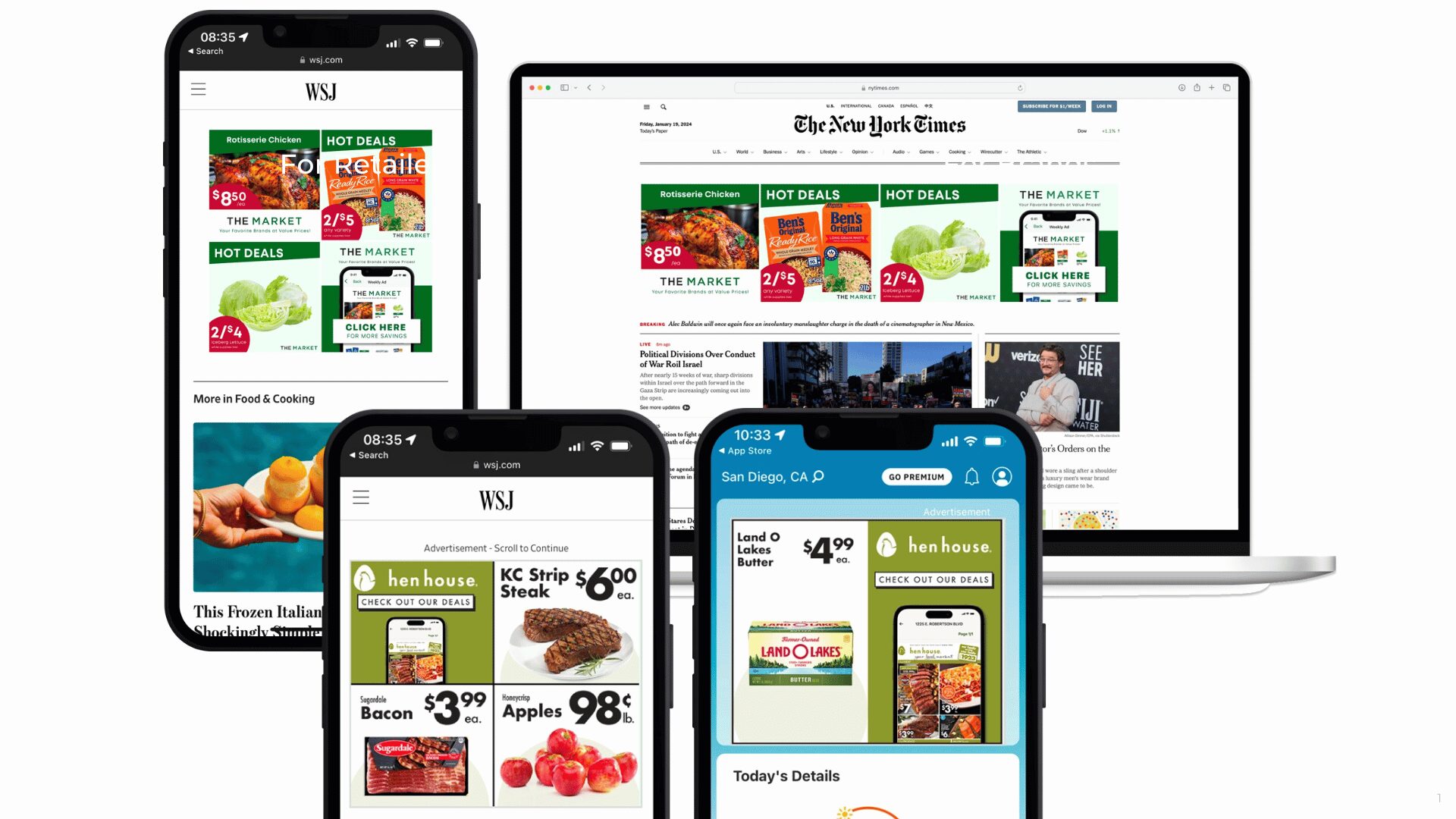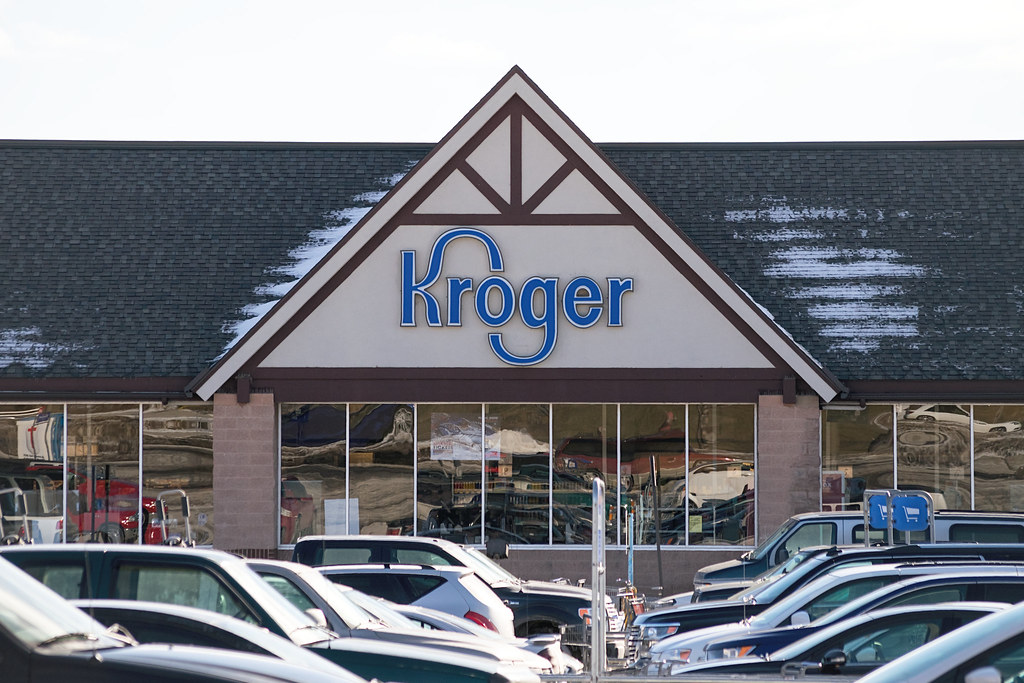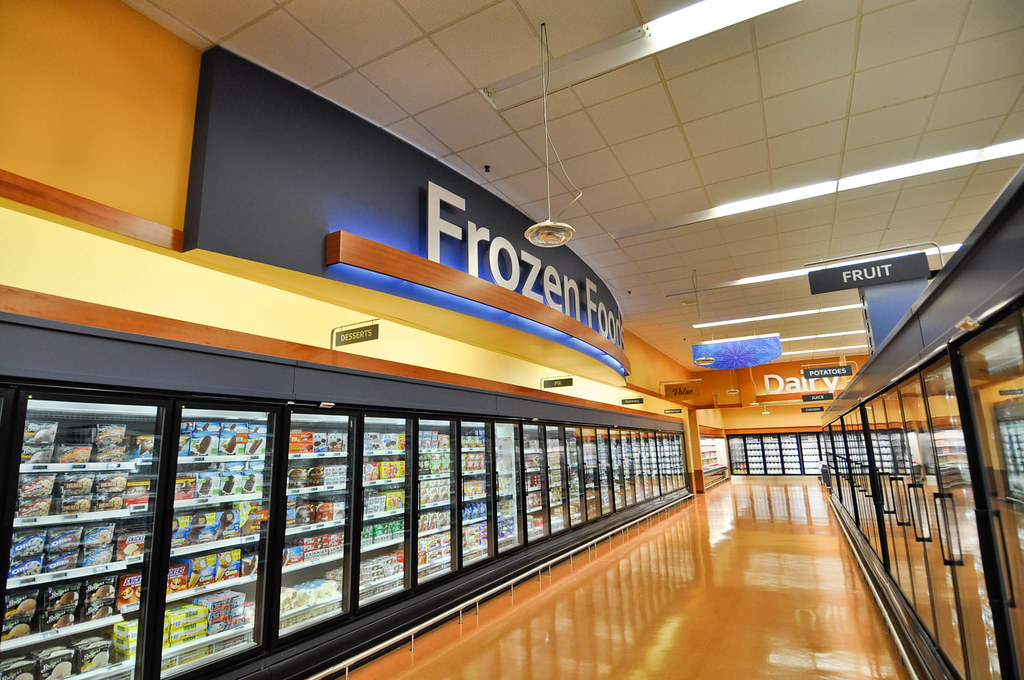E-commerce is no longer considered an option for retailers if they want to keep up with competition. The average online grocery shopper spends 32.7% of the grocery budget online, according to a report from Acosta.
“Despite only 3% of grocery dollars coming from online, sales are expected to triple and reach $74 billion by 2023,” said Colin Stewart, EVP, business intelligence at Acosta. “Thirty percent of current grocery pickup shoppers noted they plan to use the service more often in the future—led by those who currently only rarely utilize the offering.”
Additionally, Nielsen and FMI forecast 74.7 million U.S. households will be omnichannel shoppers by 2025.
Currently, 44% of American households are actively buying food both on- and offline, indicating that the industry needs to focus more on consumers and less on the physical channel. At the end of 2019, more than 54 million U.S. households transitioned to true omnichannel shoppers—up 14% from just two years earlier.
Between now and 2025, each additional million omnichannel households will add another $8.4 billion in sales, according to the forecast.
As consumers look to spend more of their budget online, companies must adapt or get left behind. The industry has already seen several examples of companies succeeding, in addition to some that couldn’t get it just right.
The Successes
The introduction of Amazon changed the game when it comes to e-commerce. It continued to innovate with its purchase of Whole Foods as well as the introduction of Amazon Fresh.
Amazon Fresh and Whole Foods Market delivery orders more than doubled in the company’s quarter ending Dec. 31, 2019, when compared to fourth quarter 2018. Additionally, the company reported membership in Amazon Prime expanded to over 150 million global users.
At Walmart, e-commerce is also a bright spot. The company reported e-commerce sales growth of 35% for its fourth quarter 2019, despite lower-than-expected overall earnings. In particular, online sales were fueled by strength in grocery.
Walmart offers online grocery pickup at about 3,200 stores and same-day delivery at more than 1,600 stores as of the fourth quarter. It is even testing a new service called InHome that delivers groceries straight to customers’ refrigerators (for more information, see “Optimizing Online Shopping”).
The company acquired Jet.com in 2016 to expand its reach to younger, urban, and more affluent customers—and it appears to be paying off as it reels in higher-income customers, reported CNBC (Feb. 18).
The company is seeing pricier items like choice cuts of meat and organic fruits and vegetables in customers virtual baskets, according to John Furner, president and CEO of Walmart U.S. He noted the convenience of the service “aligns well with someone who is time-starved and has higher income levels.”
However, Walmart recently discontinued its personal shopping service, Jetblack. “We’ve learned a lot through Jetblack, including how customers respond to the ability of ordering by text as well as the type of items they purchase through texting,” said Scott Eckert, EVP, next generation retail and principal at Walmart’s Store No. 8. “We’re eager to apply these learnings from Jetblack and leverage its core capabilities within Walmart.”
Target’s increased focus on building its e-commerce business has also been paying off. While it previously ranked 11th in the U.S. in terms of e-commerce sales, Target now surpassed three competitors to become number eight, according to eMarketer’s Top 10 U.S. E-commerce Ranking.
E-commerce at Target will jump 24% to $8.34 billion in 2020, meaning its share of the total U.S. e-commerce market will grow to 1.2%, up from 1.1% in 2019.
“At a time when brick-and-mortar stores are struggling to keep up with the fast-changing retail landscape, Target seems to have hit the bullseye,” eMarketer forecasting analyst Cindy Liu said. “Store renovations and expanding same-day fulfillment options, such as in-store pickup, drive-up, and delivery with Shipt, are paying off. Target found a way to use its stores to fulfill online orders while keeping up with customer demands for convenience and speed.”
Target will inch past Costco, which will generate $8.33 billion in e-commerce sales. Additionally, Amazon’s share will grow to 38.7%, up from 37.3% in 2019, capturing 4.6% of total retail sales—online and offline—in the U.S.
Let Downs
Unfortunately for online retailer Brandless, it could not keep up. It is laying off 90% of its staff as it prepares to shut down business operations, reported CNBC (Feb. 10).
The SoftBank Vision Fund-backed direct-to-consumer retailer launched in 2017 selling beauty products, organic snacks, and everyday essentials all for $3 each. However, the model proved unsustainable in the “fiercely competitive” direct-to-consumer market, according to the Brandless board.
“Brandless set a new standard in the wellness and sustainable products industry, and while we weren’t able to compete competitively in today’s DTC market, I’m confident the next great brands of tomorrow will be built from this experience,” said Brandless CEO Evan Price.
Meanwhile, Blue Apron Holdings, a direct-to-consumer meal kit pioneer may be for sale, reported MediaPost (Feb. 20). The company shared the news as it reported fourth quarter results that included a 33% drop in revenue.
“It’s an indication the meal kit market, valued at somewhere between $2.5 billion to $4.6 billion, has peaked,” said Brian H. Choi, CFA, managing partner and CEO of The Food Institute. Choi also noticed a slow-down at competitor HelloFresh. “The industry as a stand-alone, based on the financials, is unsustainable.”
Newcomers to Look Out For
Recently, Perdue Farms took note of the growing trend and launched a direct-to-consumer e-commerce site. Initially, it will offer frozen products from brands including Perdue, Niman Ranch, Coleman Natural, Sonoma Red, and Skagit Red. The company plans to add more selection as demand increases.
“As both online shopping and the demand for convenience show no signs of slowing down, we felt it was important to be in this space,” said David Zucker, Perdue Farms SVP of e-commerce and new ventures.
On the flip side, originally solely an e-commerce brand, Dirty Lemon is entering the brick-and-mortar space, reported CNN (Feb. 12). Its pricey functional beverages that were originally sold by text message will now be sold at Walmart.
When Dirty Lemon first launched, customers could order products only online. They then could pick up bottles from “drug stores,” a handful of locations with fridges stocked full of products and no employees.
“The connection to some of the more traditional establishments might take away from the allure,” said Choi. However, he noted selling in retail is the only way for small beverage companies to grow.



